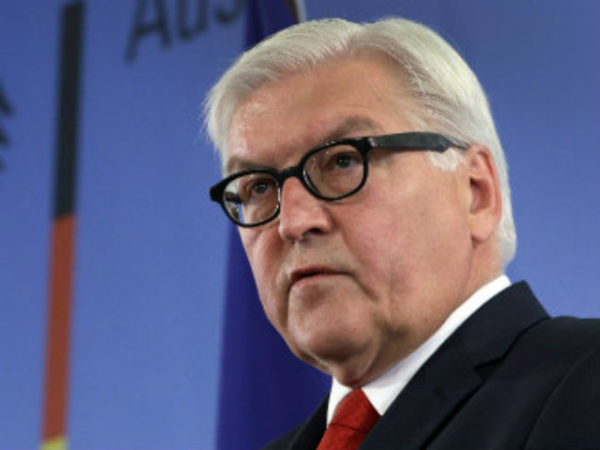Hedge funds and other money managers have reduced bullish bets on crude oil amid reported differences among OPEC members about how to implement their recently agreed output ceiling.
Hedge funds cut their net long position in crude futures and options by 72 million barrels to 574 million barrels in the week to Nov. 1, according to an analysis of regulatory and exchange records.
Most of the adjustment in West Texas Intermediate (WTI) came from the liquidation of previously established bullish long positions, with money managers’ long positions cut by 33 million barrels.
In Brent, by contrast, most adjustment came in the form of fresh short selling, with 25 million barrels of short positions added .
Hedge funds ramped up their net long position by 218 million barrels in the two weeks following the surprise accord reached at the end of OPEC’s meeting on Sept. 28.
The deal sparked a furious short-covering rally, but more than half of those extra bullish positions have been unwound and prices are now back to where they were before the deal.
The production accord left crucial details unresolved, including how the output ceiling of 32.5-33.0 million barrels per day (bpd) would be shared among OPEC members.
Concerns about the deal have grown amid disputes among OPEC members about their current production baselines and willingness to freeze or cut production in 2017.
The failure of OPEC members to agree on allocations during a technical meeting of a special high-level committee in Vienna on Oct. 28-29 has intensified doubts about the process.
In the meantime, many OPEC countries have continued to raise production, pushing actual output further above the ceiling provisionally agreed in September.
FOCUS ON SAUDI CUTS
In practice, the technical committee is not empowered to make the political compromises that will be required from all OPEC members to reach a final deal.
Only ministers have the authority to strike a binding deal on output, so the failure to reach a final agreement in allocations is not surprising and does not mean an eventual deal is in trouble.
There is no incentive for any member of OPEC or cooperating countries such as Russia to reach an agreement before the next scheduled OPEC ministerial meeting at the end of November.
No member will agree to a production allocation until all members are ready to do so (the normal diplomatic principle of “nothing is agreed until everything is agreed”).
So at the moment, members are engaged in shadow bargaining about allocations, some of which is being played out in the media.
The deal comes down to Saudi Arabia’s willingness to cut production, together with allies Kuwait and the United Arab Emirates, and the readiness of others to provide diplomatic cover by pledging not to raise their own output.
The market assumes, correctly, the real cuts will all come from the Saudis and their allies, and other OPEC members will attempt to produce as much as they are technically able.
To have a significant impact on the predicted supply-demand balance for 2017, Saudi Arabia and its allies will need to cut their output from current levels by at least 750,000 bpd and more likely 1 million bpd and pledge to hold that output level for at least 12 months.
For the Saudis to swallow that deal, they need at least some agreement from the rest of the organisation not to raise output (beyond the already promised flexibility for Libya, Nigeria and Iran).
OPEC HUNTS FOR DEAL
There is plenty of flexibility and creativity to do a deal by adjusting output baselines, and perhaps by announcing changes in output but no levels (allocating cuts and freezes but not actual production levels).
The likelihood of a deal has always come down to whether Saudi Arabia wants one, and recent indications suggest Riyadh is keen on an agreement that will boost revenues in 2017.
Having perhaps appeared too eager and ready for a deal in September, encouraging other OPEC members to hold out, Saudi Arabia is now trying to underscore a deal is conditional on at least minimal cooperation.
The fundamentals of an agreement have not changed, however, in recent weeks, and nor have the problems in making an agreement effective.
The big risks are not from holdouts Iraq and Iran, which probably cannot increase their output much next year in any event.
The potential threats come from a resumption in exports from Nigeria and Libya, an acceleration in U.S. oil drilling, and a slowdown in the global economy and oil demand.
Any of those risk factors could push back oil market rebalancing by six to 12 months or more. Any OPEC deal will not directly address them.
Little wonder hedge funds have pared some of their former bullishness until a deal is done, compliance can be assessed, and the outcome of risk factors outside the Gulf is better understood.













